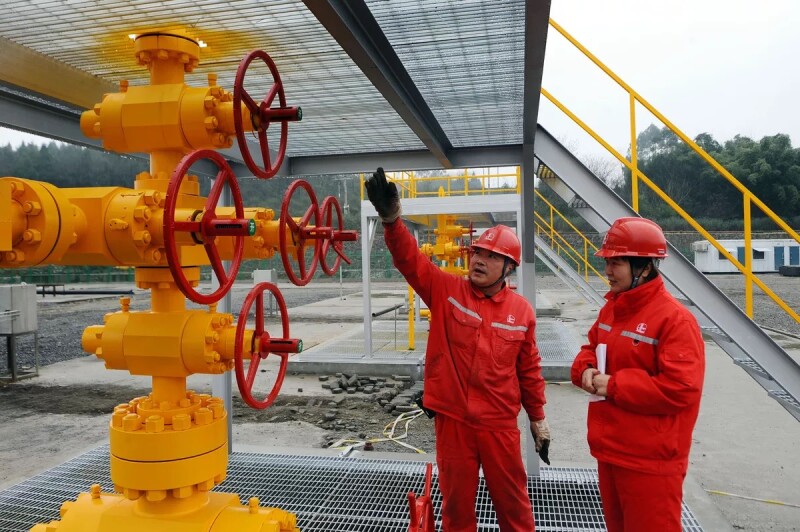Sinopec announced this week that production at China’s largest shale-gas development has jumped 20% year-over-year. This is based on first quarter results that showed natural-gas production from the Fuling gas field in Chongqing reached a cumulative output of 1.78 Bcm, or nearly 63 Bcf.
The boost comes after Sinopec brought 28 new wells on stream this year, the state-owned oil and gas producer said in an announcement.
Sinopec is China’s second-largest gas producer and said during its earnings call that it is aiming for an annual increase in gas output of 10% over the next 3 years. The goal is part of Sinopec’s 66.8-billion yuan ($10.19-billion) upstream capital plan that is focused on shale-gas exploration and the buildout of LNG terminals.
The operator produced a total of 30.2 Bcm in 2020 and is aiming for 34 Bcm this year. Sinopec’s next expected milestones are 38 Bcm in 2022 and 42 Bcm in 2023.
Achieving these figures will depend largely on the success of the operator’s Fuling project which has a history of inflated expectations.
In 2014, when Fuling was considered commercially operational, the government established an annual production target of 10 Bcm to be reached by the end of 2017. However, output in recent years has been well below that original threshold. In 2020, Fuling gas production topped out at 6.7 Bcm, according to Sinopec’s website.
Nevertheless, development in Fuling is moving in the right direction and is expected to stay on that course thanks to China’s new energy agenda which at its core relies on displacing the coal that represented more than 57% of its energy use last year.
A week ago, Sinopec joined the ranks of oil and gas companies around the world with a pledge to start drawing down its carbon emissions and aim for emissions neutrality by 2050, a decade ahead of China’s nationwide goal.
In addition to offsetting technologies such as carbon capture and new hydrogen projects, Sinopec said in a statement that it will reduce methane intensity at its fields by 50% and “will step up” in the country’s coal-to-gas effort.
Natural gas demand in China last year was about 324 Bcm, about 58% of which was supplied by domestic oil and gas fields, according to figures from Bloomberg. To overcome its geologic and operational challenges, China's oil and gas industry has been developing new technologies and completions techniques.


